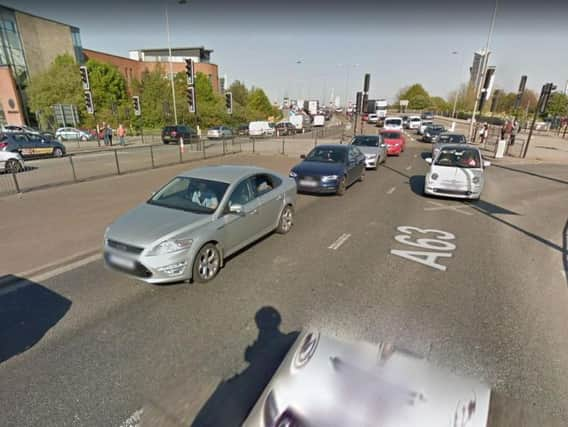Yorkshire's - and one of the world's - most congested cities revealed


Analysis by sat-nav manufacturer TomTom shows the city in joint fourth place in the UK with Bournemouth, after Edinburgh, London and Brighton, with a typical rush hour journey taking 34 per cent longer compared to free-flow conditions.
Sheffield is ranked 16th worst in the UK, with journeys taking 28 per cent longer than in free-flow conditions, while Leeds-Bradford is in 18th worst position (27 per cent). On average
Advertisement
Hide AdAdvertisement
Hide AdNorthern commuters spend more than five days – 123 hours – stuck in traffic a year
It comes amid increasing concern over air pollution with figures suggesting people in Yorkshire are now 21 times more likely to die from its effects than road accidents.
Globally Bengaluru in southern India is worst for congestion, with three other Indian cities in the top 10.
TomTom traffic advisor Stephanie Leonard said more shared car and electric schemes as well as more autonomous systems could help congestion.
Advertisement
Hide AdAdvertisement
Hide AdShe said: “It is very science fiction but you would be surprised by how close we are to having (autonomous) vehicles on the road. We think they could be a key enabler to bring down traffic congestion.”
A long-awaited £392m upgrade is due to start on Hull’s most congested route, the A63 Castle Street, this year.
Congestion has not been helped by work on flood defences along the River Hull, which has seen sections of Wincolmlee closed for months.
A stretch between Wilmington Bridge and Air Street is currently closed until June.
Advertisement
Hide AdAdvertisement
Hide AdHull Council said it was investing £30m into the network and said congestion was made worse by bridges opening at times.
A spokeswoman said: “The council is planning a cycling strategy to look at current and future potential for cycling, as well as developing a Local Cycling and Walking Investment Plan to meet recommendations from the Department for Transport.
"Work is also taking place with the city’s bus and train operators to make public transport as easy an option as possible for residents and visitors to the city.”